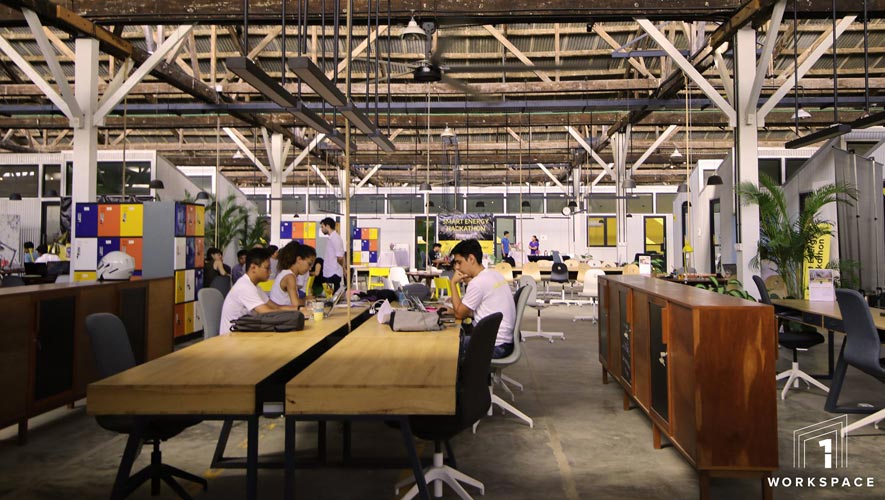Despite scope for the industrial sectors, more needs to be done to ease business requirements
For the latest Cambodian Business news, visit Khmer Times Business
A recent report stemming from the collaboration between the United Nations Development Programme, Swedish Embassy, Young Enterpreneurs Association of Cambodia (YEAC) and Kampong Cham Provincial Administration (KCPA), unveiled the potential investment ventures Kampong Cham possesses.
The provincial business development priorities guidebook on Kampong Cham is a direct follow-up to a feasibility study done in 2017 by YEAC on the establishment of a business information centre, which was participated in by more than 200 micro, small and medium enterprises (MSMEs) in Cambodia.
The report studied ways to increase employability for young people, address information regarding market entry and business development for youth startups and young entrepreneurs at the provincial level.
Kampong Cham is placed among the highest priorities in the country’s economic development. In the three-year rolling provincial investment programme (2019 – 2021), 46.77 percent of $521 million was allocated for economic development in Kampong Cham.
The province also boasts a 7.9 percent in average economic growth from 2013 to 2017 in comparison with the national average of 7.1 percent.
Support for core sectors
The report highlights three core sectors that have a substantial presence in the province’s economy in terms of employment and GDP contributions. For instance, in 2017, the wholesale and retail sector saw an annual turnover of $387.31 million.
Although the sector is diverse, it is mainly dominated by agriculture-related trading. This means there is room for growth for subsectors, such as food and beverages, motor vehicles and parts and industrial electronics.
In the hospitality sector, although Kampong Cham managed to attract only 0.3 percent of the total international tourists arriving in Cambodia, some 97 percent of 520,000 visitors were made up of local people.
The report shows a low proportion of total business establishments, with manufacturing contributing the highest job creations, mainly from garment and footwear, suggesting that further investment in this sector could prove to be economically and socially beneficial to the province.
The collaboration with KCPA emphasises agro-processing and production abecausethe province has a good labour force, agriculture resources and is located close to the capital.
Setting up an agriculture research and development facility would also encourage the growth of the sector.
Considered the Kingdom’s leading industrial agriculture is in the eastern part of the country, the province is home to agriculture innovations.
The report says that Kampong Cham has 256,862 hectares of agriculture land and cultivated land.
Out of that, 137,194 hectares are made up of rice fields, 57,580 hectares for subsidiary and industrial crops and 62,088 hectares for fruit and permanent crops.The numbers suggests that this could lead to high returns on investment.
Potential investment room
Sim Tavereak, Kampong Cham’s agriculture director says the sector contributes 43 percent to the economy of the province.
He hopes to see a surge in potential investors in rice, corn, cassava, cashew and rubber in the province.
He also adds that potential investors will have support from provincial authorities and other relevant stakeholders.
The Young Entrepreneurs Association of Cambodia (YEAC) believes the province has potential because different parts of the province serve different trade activities. For instance, the area closer to the capital serves aa a hub for factories and warehouses that provide support to Phnom Penh.
The team also believes that Kampong Cham is a strategic location as a central transport hub linking the Kingdom to both Thailand and Vietnam.
The YEAC Kampong Cham team argues the province holds the most open and transparent policies for trading activities, such as having the lowest entry costs, secure property rights and highest private sector participation in policy,
According to the YEAC, there is an abundant labour supply with almost 60 percent of the population under the age of 25, with that number rising.
In the past, the Agriculture, Forestry and Fisheries Ministry launched a rice storage facility funded by the Korean government at a cost of $2.8 million in Kampong Cham’s Batheay district. The facility could dry 80 tonnes of rice per day and store 600 tonnes.
Overcoming challenges
UNDP analyst Amara Bou highlights certain issues that need to be addressed before matters improve. “For instance, there seems to be a lack of digestible information and insight related to the market, regulations and business opportunities.
This may hinder businesses in the region and potential investors,” Bou says.
Furthermore, with limited access, and lack of reliable and affordable support services, small public and private entities are not able to set up business in the province.
Bou adds that factors such as limited cash flow and access to both equity and debt financing could prove to be another form of obstacle that will need to be overcome to successfully achieve positive results.
“We hope there will be competency and better human capital in terms of availability and affordability,” she says.




